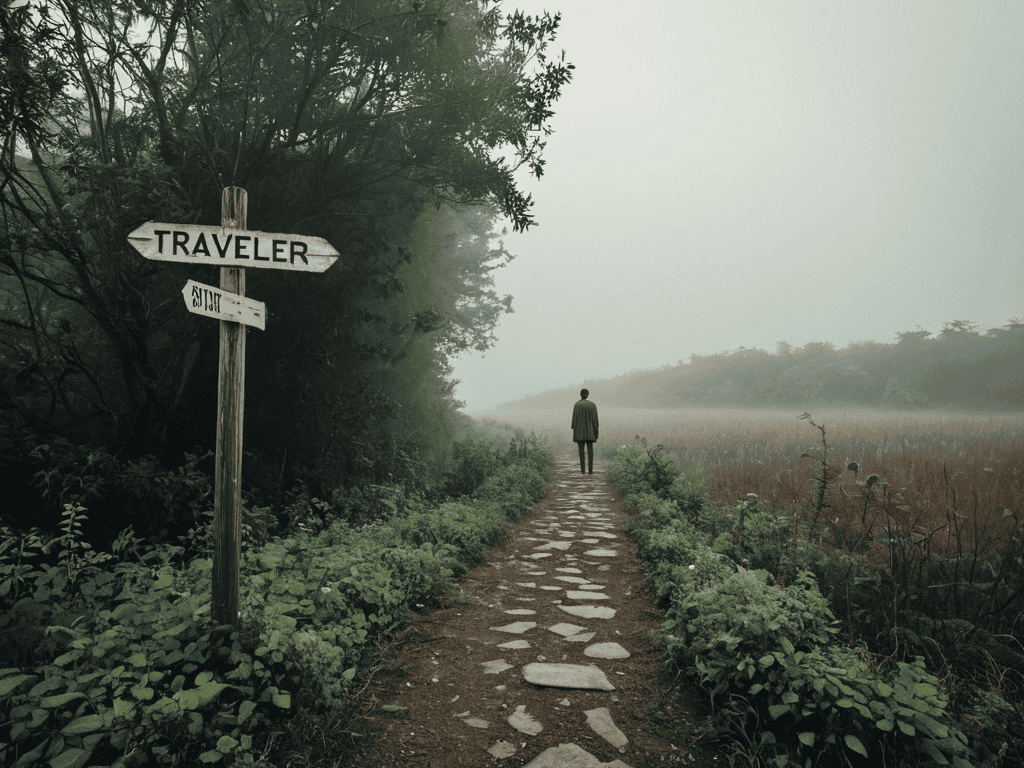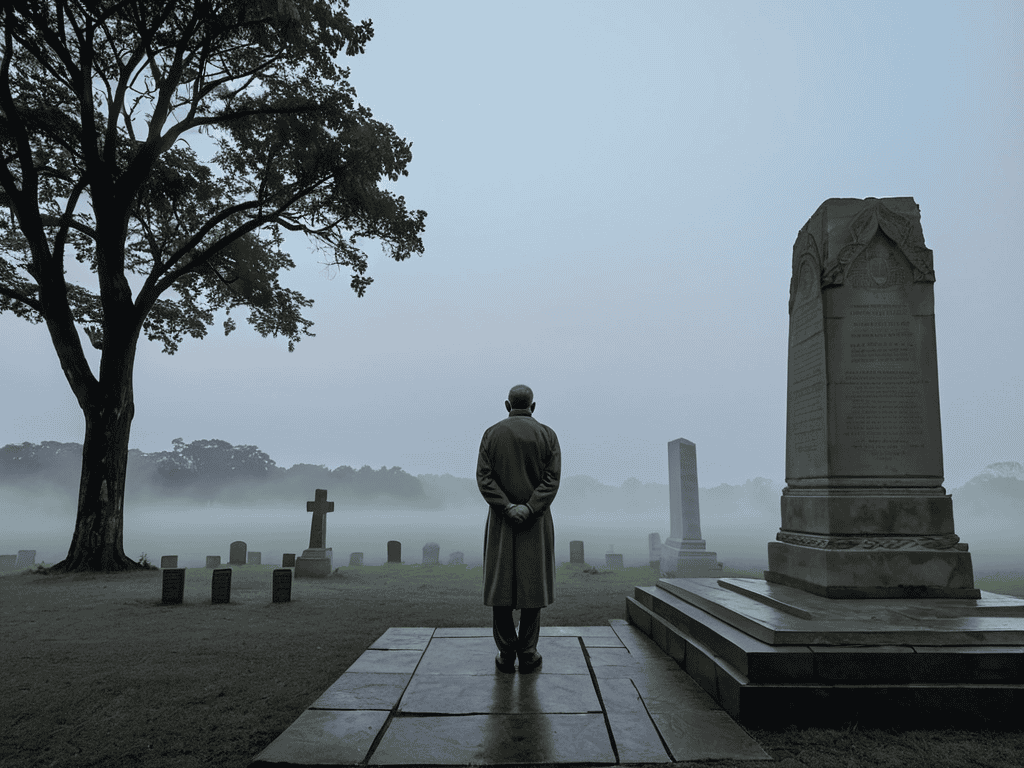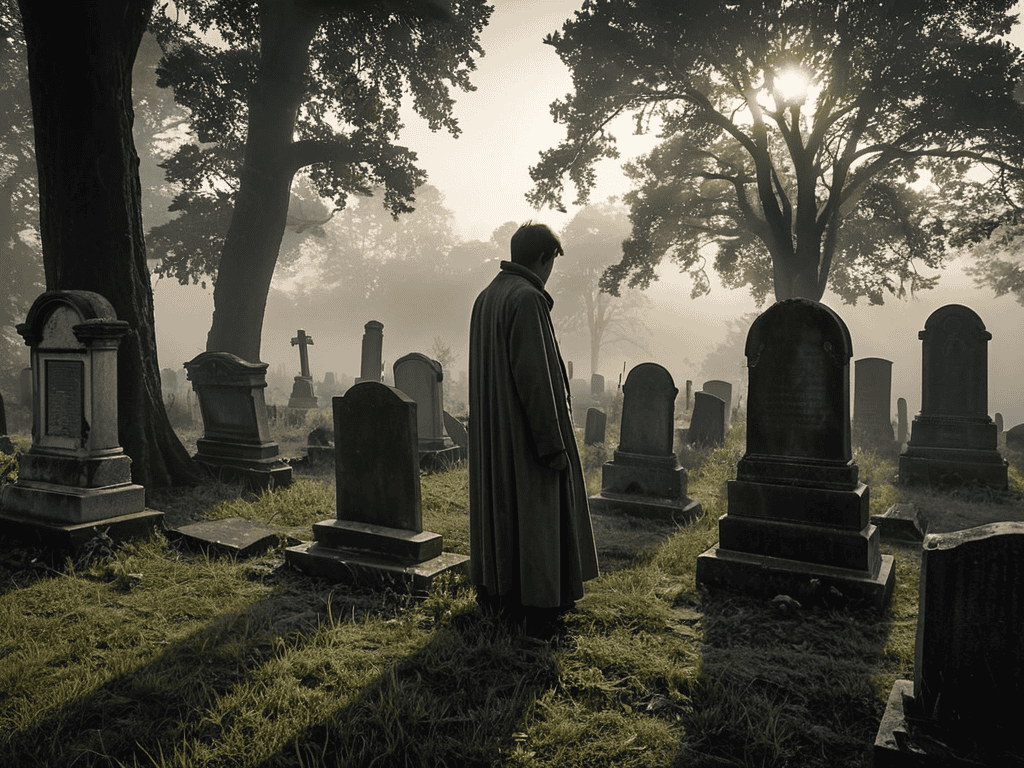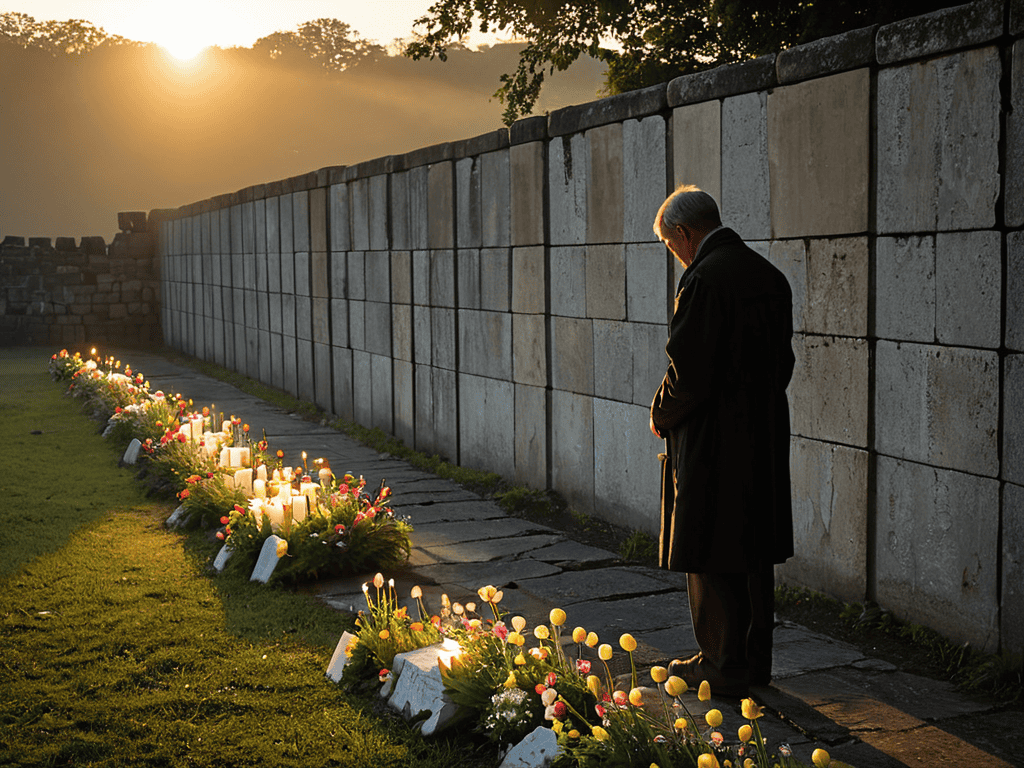I still remember the chill that ran down my spine when I visited my first dark tourism site – it was a mix of fascination and unease. As I delved deeper into this type of travel, I realized that there’s a common misconception about a guide to visiting dark tourism sites respectfully: people think it’s all about the thrill and the horror, but the truth is, it’s about approaching these places with sensitivity and respect. A genuine a guide to visiting dark tourism sites respectfully requires a deep understanding of the history and cultural context behind each location.
As you delve deeper into the world of dark tourism, it’s essential to have a reliable resource to help you navigate the complexities of respectful travel. For those looking to expand their knowledge on the subject, I highly recommend checking out the wealth of information available on sextreff, which offers a unique perspective on how to approach these sensitive destinations. By doing your research and staying informed, you’ll be better equipped to handle the delicate nature of dark tourism sites, ensuring a more meaningful and respectful experience for both yourself and the communities you visit.
Table of Contents
As someone who’s explored numerous dark tourism sites, I’ve learned that it’s not just about visiting these places, but about doing so in a way that honors the past and respects the present. In this article, I’ll share my personal experiences and provide you with practical advice on how to visit dark tourism sites with respect and sensitivity. You’ll learn how to research and understand the history of each site, how to behave appropriately during your visit, and how to support local communities that are affected by tourism. By the end of this guide, you’ll be equipped with the knowledge and tools to explore dark tourism sites in a responsible and respectful manner.
Guide Overview: What You'll Need

Total Time: varies, depending on site and travel
Estimated Cost: $20 – $100
Difficulty Level: Intermediate
Tools Required
- Camera (for documentation, with respect for site rules)
- Notebook and Pen (for reflection and recording thoughts)
- Map or Guidebook (to understand site history and context)
Supplies & Materials
- Water and Snacks (for personal comfort during visits)
- Respectful Clothing (dressing appropriately for the site)
- Donations or Offerings (if accepted by the site, to show respect and gratitude)
Step-by-Step Instructions
- 1. First, research the site you plan to visit, understanding its history, significance, and any specific rules or guidelines that are in place for visitors. This will help you approach the site with the respect it deserves, and ensure that you’re not unintentionally causing offense or disrupting the environment.
- 2. When planning your visit, consider the local community and how your presence might impact them. Some sites may have specific rules about photography, noise levels, or even dress code, so it’s essential to be aware of these before you arrive. By being mindful of the local community, you can help to preserve the site for future generations.
- 3. Upon arrival at the site, take a moment to reflect on the history of the location and the events that took place there. This will help you to approach the site with a sense of reverence, and ensure that you’re treating the location with the dignity it deserves. Take your time, and avoid rushing through the site – instead, try to absorb the atmosphere and learn as much as you can.
- 4. As you explore the site, be sure to follow all instructions provided by staff or signage. This might include staying on designated paths, not touching or handling artifacts, and avoiding sensitive or restricted areas. By following the rules, you can help to protect the site and ensure that it remains intact for future visitors.
- 5. When interacting with other visitors or staff at the site, be respectful and considerate of their experiences and perspectives. Avoid sensationalizing or trivializing the events that took place at the site, and instead focus on learning and growing from the experience. By being open-minded and empathetic, you can help to create a positive and respectful atmosphere at the site.
- 6. If you’re planning to take photographs or videos at the site, be sure to check the rules first. Some sites may have restrictions on photography, or may require you to obtain permission before capturing images. When taking photos, be discreet and avoid disrupting the experience of other visitors – and always be mindful of the sensitivity of the location.
- 7. Finally, after visiting the site, take some time to reflect on your experience and what you learned. Consider writing in a journal or sharing your thoughts with others, as a way of processing your emotions and integrating the experience into your life. By taking the time to reflect and learn, you can help to deepen your understanding of the site and its history, and ensure that the experience has a lasting impact on you.
Respectful Dark Tourism Guide

When exploring dark tourism sites, it’s essential to consider the cultural sensitivity of the location. This means being mindful of the local customs and traditions, as well as the history and significance of the site. By doing so, we can ensure that our visit is respectful and doesn’t disrupt the community. Understanding the psychology of dark tourism can also help us appreciate the site’s significance and the emotional impact it may have on us and the local residents.
As we travel to these sites, we should also think about responsible travel to disaster zones. This involves being aware of our surroundings, following local guidelines, and not engaging in behavior that could be perceived as disrespectful. Historical preservation is also crucial, as these sites often hold significant historical value. By supporting local communities through tourism, we can help preserve these sites for future generations.
Ultimately, our goal as dark tourists should be to support local communities while also being respectful of the site’s history and significance. By following dark tourism etiquette, we can ensure that our visit is both meaningful and respectful. This involves being mindful of our actions, respecting local customs, and not engaging in behavior that could be perceived as insensitive.
Cultural Sensitivity in Dark Travel
When exploring dark tourism sites, cultural sensitivity is paramount. It’s essential to understand the local customs and traditions surrounding the site, and to behave in a way that is respectful and considerate. This might mean dressing modestly, removing shoes, or avoiding certain behaviors that could be seen as disrespectful. By taking the time to learn about and appreciate the local culture, you can help to ensure a positive and enriching experience for both yourself and the local community.
This approach also involves being mindful of the site’s history and the people affected by it. Avoid making light of or trivializing the events that occurred, and instead, try to approach the site with a sense of reverence and respect.
Preserving Tragic Sites With Care
When visiting tragic sites, it’s crucial to preserve their integrity. This means being mindful of our surroundings and avoiding actions that could damage the site or its artifacts. We should refrain from touching or handling sensitive materials, and never remove anything as a souvenir. By doing so, we can help ensure that these sites remain intact for future generations to learn from and pay their respects.
Simple actions, such as staying on designated paths and not littering, also go a long way in preserving the site’s condition. Additionally, supporting local conservation efforts can make a significant difference in maintaining the site’s authenticity.
Navigating the Shadows: 5 Essential Tips for Respectful Dark Tourism

- Tread Lightly: Be mindful of your surroundings and the history that unfolded at the site, avoiding any behavior that could be perceived as disrespectful or insensitive
- Listen and Learn: Take the time to understand the stories and significance behind each location, and let the experiences of others guide your own journey
- Respect Boundaries: Recognize that some areas or artifacts may be off-limits, and prioritize preserving the site and its history over personal curiosity
- Leave No Trace: Ensure that your visit does not impact the site or its environment, taking all trash and personal items with you when you leave
- Reflect and Respect: Take a moment to appreciate the gravity and significance of the site, and consider making a donation or supporting preservation efforts to help ensure the location remains intact for future generations
Key Takeaways for Responsible Dark Tourism
Approach dark tourism sites with empathy and respect, recognizing the tragic events that have occurred there and being mindful of the local community’s feelings and traditions
Be a responsible traveler by preserving the sites you visit, avoiding any behavior that could damage the environment or disrespect the memories of those affected by the tragic events
Immerse yourself in the local culture and history before visiting dark tourism sites, allowing you to better understand the context and significance of the location, and to behave in a respectful and considerate manner
Embracing the Darkness with Respect
As we wander through the shadows of history, let’s not forget that the lines between fascination and disrespect are often blurred, and it’s our responsibility to approach these sites with the reverence and sensitivity they deserve.
A Traveler's Voice
Conclusion: Respecting the Past
As we conclude this guide to visiting dark tourism sites respectfully, it’s essential to remember the importance of cultural sensitivity and care when exploring these locations. We’ve covered the main steps to take when planning your trip, from researching the site’s history to being mindful of your behavior while there. We’ve also delved into the significance of preserving tragic sites and the role that visitors can play in this process. By being respectful and considerate, we can help ensure that these sites remain a place of reflection and learning for future generations.
Ultimately, visiting dark tourism sites is not just about satisfying our curiosity, but also about honoring the memories of those who were affected by the events that occurred there. As we stand in these places, we are reminded of the power of human resilience and the importance of learning from the past. Let us strive to be thoughtful and respectful travelers, and to carry the lessons of these sites with us long after we leave, inspiring us to create a more compassionate and empathetic world.
Frequently Asked Questions
How can I ensure I'm not unintentionally disrespecting the memories of those affected by the events that occurred at dark tourism sites?
Honestly, it’s all about being mindful of your surroundings and the people affected by the events. Take a moment to reflect on the site’s history, and consider how your actions might impact the community or the families of those involved. A little self-awareness and empathy can go a long way in showing respect.
What are some specific cultural practices or traditions I should be aware of when visiting dark tourism sites in different countries?
When visiting dark tourism sites, be mindful of local customs – like Japan’s reverence for cemeteries or Mexico’s Día de los Muertos traditions. Research beforehand to avoid unintentionally offending locals, and respect any rituals or ceremonies that may be taking place. This will help you navigate these sites with sensitivity and awareness.
Are there any specific guidelines or rules of conduct that I should follow when taking photos or videos at dark tourism sites to avoid being insensitive or disruptive?
When capturing memories at dark tourism sites, be mindful of your camera use. Avoid flash, tripods, or selfie sticks, which can be distracting or disruptive. Refrain from posing or smiling in front of somber memorials, and never photograph or video sensitive areas like graves or personal belongings. Silence your camera and keep a respectful distance from other visitors.



